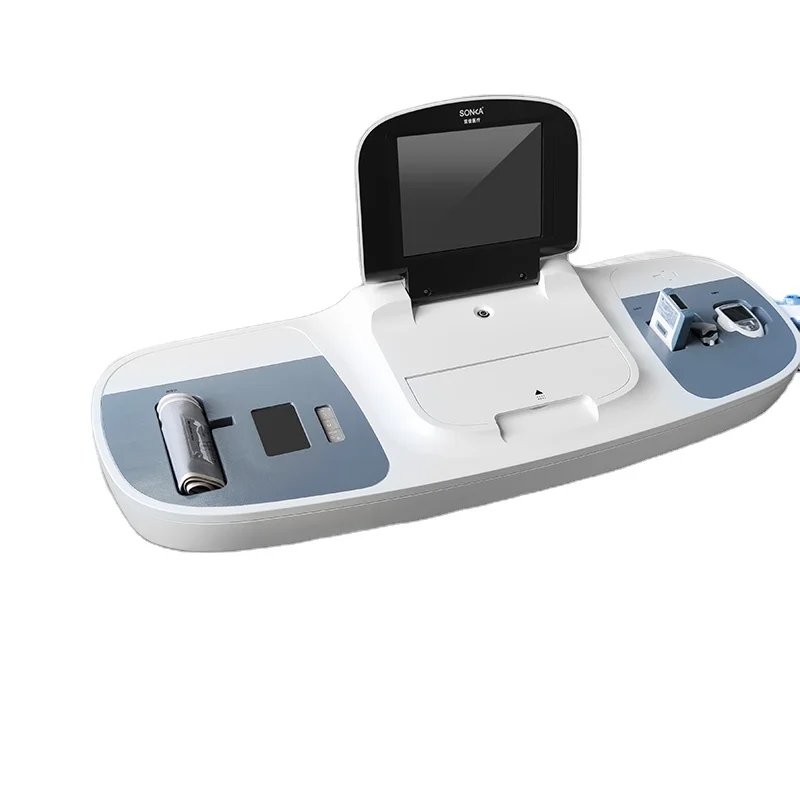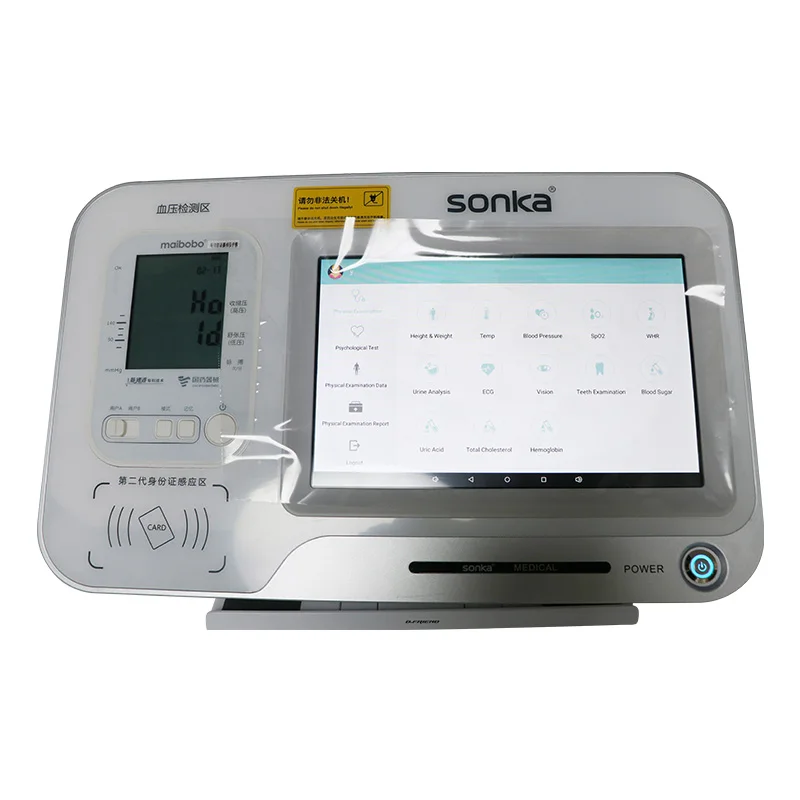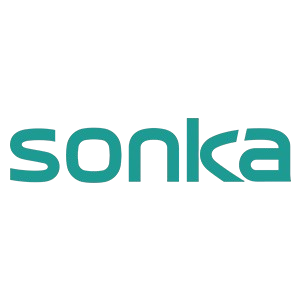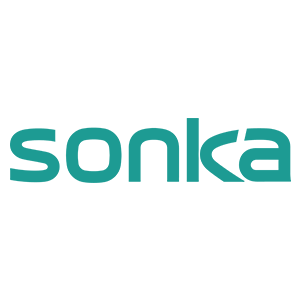Precise body temperature monitoring is crucial in assessing patient health and diagnosing medical conditions accurately. The typical range for normal body temperature varies from 97.7 to 99.5 degrees Fahrenheit, while the average range is slightly lower, at 96.2 to 97.9 degrees. Deviations from these norms can indicate underlying health issues. For instance, a fever might signal infection or inflammation, while hypothermia could suggest exposure or metabolic dysfunction. Research indicates that accurate body temperature measurements, often achieved using infrared or contact thermometers, allow healthcare professionals to make prompt and informed decisions regarding patient care.
Non-invasive blood pressure measurement techniques are essential for monitoring patients regularly and accurately. The auscultatory method, which uses a stethoscope and sphygmomanometer, and the oscillometric method, which employs automated devices, are common practices. Proper cuff sizing and placement are crucial for obtaining accurate readings; according to clinical guidelines, incorrect usage can lead to discrepancies. Considering that hypertension remains a prevalent health concern worldwide, accurate blood pressure monitoring is indispensable in managing patient treatment plans effectively, reducing the risk of complications such as heart disease and stroke.
Pulse oximetry plays a vital role in monitoring oxygen saturation, providing critical insights into a patient's respiratory status, especially in conditions like COPD or pneumonia. Oxygen saturation levels in healthy adults should remain above 92 percent. Levels below this threshold might indicate respiratory difficulties or inadequate oxygenation, warranting immediate medical intervention. Studies have shown that in critical care settings, tracking oxygen saturation helps healthcare providers quickly evaluate patient conditions and make timely decisions. This tool is invaluable for ensuring patients receive the necessary treatment in time-sensitive situations.
For a comprehensive monitoring solution for hospitals or clinics, consider exploring advanced systems like the ViSi Mobile System, encompassing a broad range of parameters such as blood pressure, SPO2, heart rate, respiration rate, and more, aiding patients’ care across different situations and environments.
Monitoring blood glucose and cholesterol effectively is crucial in vital signs monitoring. Advanced technologies such as continuous glucose monitors and lipid profile assays are employed in vital sign monitors to facilitate these measurements. These techniques are critical in managing chronic diseases such as diabetes and cardiovascular conditions. According to the World Health Organization (WHO), the prevalence of diabetes and obesity is rising, necessitating routine monitoring of these parameters to manage and prevent complications. Reliable data from these measurements leads to improved treatment outcomes and better patient management.
Integrating hemoglobin analysis and urinalysis within vital sign monitors enriches comprehensive health assessments. These tests offer significant insights into conditions like anemia and renal health. For instance, hemoglobin levels help evaluate oxygen supply in the body, while urinalysis can detect kidney issues through markers like proteinuria. The National Kidney Foundation highlights that chronic kidney disease affects about 15% of the population, underscoring the importance of regular monitoring. By incorporating these assessments, healthcare providers can make well-informed decisions about patient care.
The synchronization of multiple health parameters delivers a holistic view of patient health in vital sign monitoring. Multi-parameter monitors, equipped with technological advancements, integrate variables such as heart rate, oxygen saturation, and body composition analysis. This integration enhances clinical decision-making by providing a comprehensive health overview. Medical studies have shown that patients benefit significantly from this approach, with improved outcomes observed through coordinated care strategies. The seamless collaboration of data in these monitors assists healthcare professionals in strategic planning and patient management.
The diverse and dynamic nature of hospital environments necessitates the availability of both portable and stationary vital sign monitors to meet varied clinical needs. Portable monitors offer significant advantages, particularly during patient transfers and emergency situations. They provide continuous monitoring without interruption, ensuring that critical data is captured in real-time. In scenarios where rapid movement is required, such as in emergency room settings, portable monitors ensure seamless monitoring, enhancing patient safety. According to recent statistics, there is a growing demand for portable monitoring solutions in hospitals worldwide as they offer flexibility and ensure prompt medical interventions.
Modern vital sign monitors must boast robust data storage and network interface capabilities to enhance patient care and ensure effective data management. These features are crucial as they allow for the efficient archiving and retrieval of patient data, facilitating real-time monitoring and longer-term trend analysis. Additionally, cybersecurity measures play a pivotal role in protecting sensitive patient information from breaches. Implementing stringent cybersecurity standards can safeguard patient data. Efficient data management not only aids in accurate diagnosis but also enhances patient care by ensuring that healthcare providers have access to up-to-date patient records, which are crucial for ongoing treatment and care planning.
Vital sign monitoring technology plays an essential role in ensuring hospital readiness for emergencies. Advanced systems provide real-time data access, crucial for expediting medical responses during critical scenarios. Immediate access to vital data can be the difference between life and death. For example, several case studies have highlighted instances where timely monitoring and immediate medical response have been life-saving. These advanced systems ensure that healthcare providers are equipped with the right data at the right time, significantly improving patient outcomes. As technology continues to evolve, the synergy between advanced monitoring and prompt medical response capabilities keeps improving, which is vital for addressing emergency situations with the necessary urgency.
The Sonka Multi-Parameter Monitor stands at the forefront of health checkup technology, offering features that cater to diverse medical needs. This portable device is designed for various settings, including hospitals, emergency rooms, and outpatient clinics, making it versatile for patient care. Its comprehensive functionality, including the measurement of heart rate, body temperature, oxygen saturation, and blood pressure, aligns with the trends towards more holistic and efficient patient monitoring. Healthcare trends increasingly prioritize patient-centered care, and the Sonka Monitor contributes to this by offering precise and timely data, which in turn can enhance patient outcomes.

The Sonka Automatic Health Diagnosis Equipment is a state-of-the-art tool designed to streamline patient assessments. This device automatically measures vital signs and runs diagnostic tests, including blood pressure, oxygen levels, and various biometrics, thus reducing the need for manual intervention. Automation in healthcare technology improves both speed and accuracy, allowing health professionals to focus on more complex patient needs and enhancing workflow efficiency. By minimizing human error and optimizing time management in clinical settings, this technology can potentially lead to significant cost savings for healthcare facilities adopting it. The reduction in operational costs, coupled with enhanced diagnostic efficiency, can make a substantial difference in the quality and affordability of healthcare services.

Calibration standards play a crucial role in ensuring the reliability of readings from vital sign monitors. These standards are designed to guarantee that the devices operate within specific parameters to provide accurate measurements necessary for patient care. Leading regulatory bodies like the FDA and ISO set these guidelines to enhance patient safety by minimizing the risks associated with incorrect readings. Calibration errors can lead to significant medical mishaps, as evidenced by various studies highlighting the potential for false diagnoses or delayed treatments. For instance, a calibration error in blood pressure monitors could result in wrongly diagnosed hypertension or hypotension, leading to inappropriate interventions (Journal of Clinical Hypertension, 2022). Thus, adhering to these standards is vital for maintaining accuracy and patient trust in medical devices.
Technological advancements in vital signs monitors have incorporated systems that compensate for environmental factors impacting readings. These sophisticated systems adjust measurements based on variables like temperature, humidity, and motion, which can affect the accuracy of vital signs monitoring. By integrating environmental compensation, these devices enhance their usability, particularly in dynamic healthcare environments or for remote monitoring. Research underscores the importance of such systems, indicating that compensation for environmental factors yields more precise data (Biomedical Engineering Online, 2021). By enhancing measurement accuracy, these technologies have empowered healthcare professionals to rely more heavily on automated monitoring systems, reducing manual input and errors in reading fluctuations due to environmental changes.
Continuous monitoring reliability is paramount for effective long-term patient outcomes. Regular and dependable vital signs monitoring allows healthcare providers to detect deviations promptly, facilitating timely interventions and improved disease management. Studies have consistently linked sustained monitoring with enhanced patient satisfaction and better clinical outcomes (Journal of Medical Systems, 2023). Technological innovations, such as wearable monitors and integrated software solutions, have significantly bolstered the reliability of continuous monitoring systems. These advancements ensure that vital signs are consistently and accurately tracked, providing a comprehensive overview of patient health over time. Consequently, continuous monitoring has become a cornerstone of proactive patient care, enabling medical personnel to anticipate and address potential health issues before they escalate.
Accurate body temperature monitoring is crucial for assessing patient health accurately and diagnosing medical conditions. Deviations from normal ranges can indicate health issues like infection, inflammation, or metabolic dysfunction.
These techniques facilitate regular and accurate monitoring, essential for managing treatment plans effectively, especially with prevalent conditions like hypertension. Proper cuff placement is crucial for reliable readings.
Pulse oximetry provides vital insights into respiratory status, especially under conditions like COPD. It helps in evaluating oxygen saturation levels, crucial for timely medical intervention if levels drop.
Synchronizing multiple health parameters provides a comprehensive overview, enhancing clinical decision-making and coordinating care strategies, thus improving patient outcomes.
Calibration standards ensure device reliability and accurate measurements. Adhering to these guidelines minimizes risks associated with incorrect readings, crucial for patient safety.


Copyright © 2025 by Shenzhen Sonka Medical Technology Co., Limited - Privacy policy